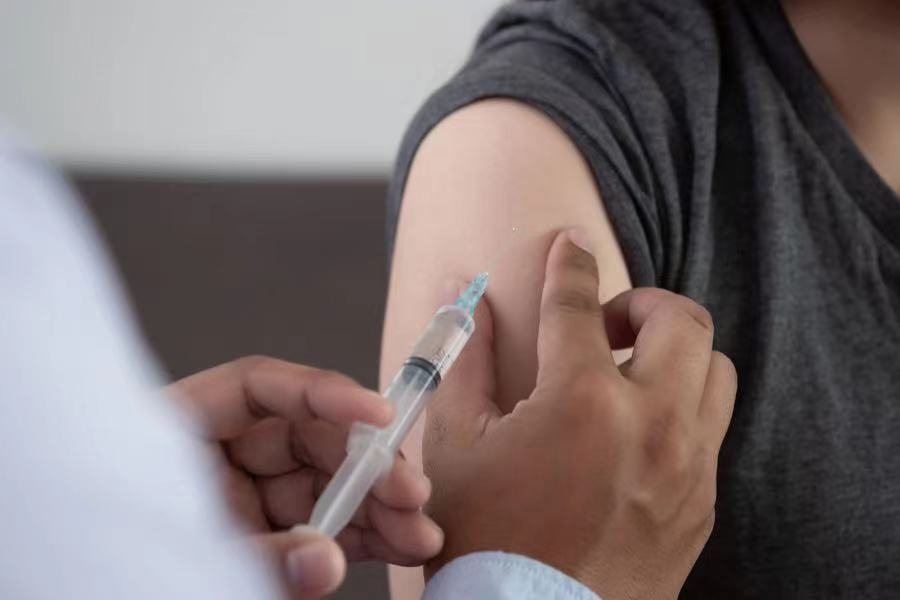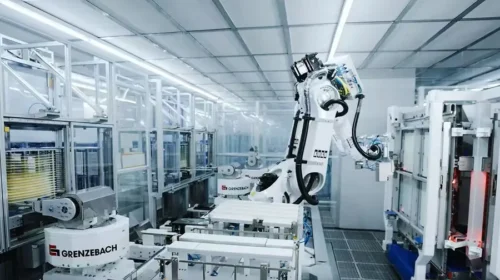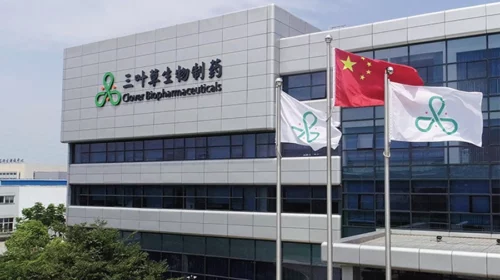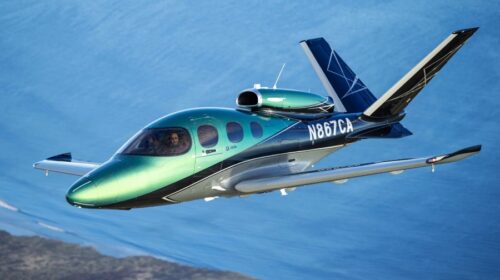AIM Vaccine Shrinks Its IPO But Gives Chairman a Mega Paycheck

China’s second-largest maker of non-Covid vaccines has finally crossed the IPO finish line and will list its shares next Thursday
Key Takeaways:
- AIM Vaccine is finally landing on the Hong Kong Stock Exchange at its third attempt, but has only issued 0.8% of its total share capital, raising a net HK$70 million
- The company issued equity incentives worth a whopping 900 million yuan to its chairman before going public, and swung from profit to loss last year
By Molly Wen
The biopharma sector has been one of the biggest casualties in Hong Kong’s ailing stock market over the past year, with anemic stock prices and shrunken share listings. Now a leading Chinese maker of non-Covid vaccines is stepping into this tricky territory, with a scaled-back IPO.
AIM Vaccine Co. Ltd. (6660.HK) joins a growing list of biopharmaceutical companies that have opted to go public with low issuance volumes, in the face of a cooling IPO market and limited external financing.
Companies including Rainmed Medical (2297.HK), MicroPort NeuroTech (2172.HK), and Dingdang Health (9886.HK) all listed in Hong Kong with IPO offerings of less than 3% of total issued share capital, going on to suffer dismal daily turnover and poor liquidity after their debuts. Launching on Oct. 6, AIM Vaccine is going even smaller in scale, offering only 0.8% of its share capital, the lowest ratio among the recent IPOs.
AIM Vaccine has had a bumpy road to its listing. The company filed to list on Shanghai’s Nasdaq-style STAR Market in 2020 but got nowhere. Last June it shifted its IPO destination to Hong Kong but was rejected less than a month later. In September last year, it filed its second attempt at a Hong Kong listing, but the application lapsed six months later. Finally, it was third time lucky for the company, which passed the hearing this month.
The AIM Vaccine IPO was launched last Friday at an offer price of HK$16.16 per share and is expected to raise HK$157 million ($20 million), down sharply from the $800 million to $1 billion reported last year. According to market sources, the shares in its Hong Kong public offering were fully subscribed on margin financing but were not as heavily oversubscribed as many biotech stocks listed last year.
After listing expenses, the company is expected to raise only about HK$70 million in net proceeds from this offering, far less than the 510 million yuan ($71 million) it received in its last round of financing in May 2021. Back then, investors including Hillhouse Capital and Cowin Capital bought shares at a cost of 23.50 yuan (HK$26.8) each, implying a book loss of nearly 40% to be recorded at the time of the IPO.
Human rabies vaccine is no antidote
Measured by batch volume, AIM Vaccine was China’s second-biggest maker of non-Covid vaccines last year with a market share of 7.4%, though it lagged far behind the 35.5% share of the market leader, a subsidiary of Sinopharm.
Still, AIM Vaccine is a major player when it comes to technology. It is the only Chinese company to operate all five types of globally proven vaccine platforms, including bacterial, viral, genetically engineered, combination and mRNA vaccines, with business covering the entire vaccine industry chain.
The company commercially supplies eight vaccine products covering six common diseases such as rabies, hepatitis B, hepatitis A and mumps, but 90% of its revenue comes from its two core products – human rabies vaccine and hepatitis B vaccine.
In the first four months of 2022, these two vaccines contributed revenues of 176.0 million yuan and 77.42 million yuan respectively, accounting for around 64% and 28% of overall revenue. However, the Covid resurgence in several Chinese cities last year slashed vaccination rates for other diseases, sending sales of AIM’s core products plummeting and shrinking the company’s revenues by 41% in the first four months of the year.
AIM Vaccine ranks second in China’s market for human rabies vaccine, with around 16% market share based on 2021 sales revenue. However, sales of AIM’s star product, Vero cell human rabies vaccine, are expected to decline gradually as other rabies vaccines produced with new technologies are approved.
AIM Vaccine is itself harnessing new technologies to produce human rabies vaccines, but its three new vaccines are all still in preclinical studies and are not expected to launch before 2025. Meanwhile, rival products have already reached clinical trials. The earliest one may even be launched next year and looks set to become the mainstream human rabies vaccine. AIM Vaccine seems to have missed the chance to pioneer the next-generation vaccine.
A paycheck for 900 million yuan
AIM Vaccine revenues declined last year, and the company fell into the red, with a net loss of 676 million yuan. The company said this was mainly due to the payment of 950 million yuan in share-based compensation, including a one-time sum of 897 million yuan and other share-based outlays of 55.2 million yuan. These payments marked an exponential increase from only 7.8 million yuan in 2019 and 23.5 million yuan in 2020.
Who is the lucky recipient of the pre-IPO share windfall? The prospectus shows that share-based compensation given to all R&D staff in 2021 totaled just 5 million yuan, while Chairman and CEO Zhou Yan got a staggering 899 million yuan, including a one-time share-based payment of 897 million yuan approved in June 2021. The remaining six directors were paid a combined annual salary of just 2.3 million yuan.
Zhou was not a founder of AIM Vaccine but has nearly a decade of investment and management experience in the biopharmaceutical industry. Zhou, his family and friends gradually took ownership of AIM Vaccine through several rounds of financing between 2012 and 2015. After the share offering, Zhou’s shareholding of 16.53% plus the shares of his holding company comes to a combined voting interest of 35.83% of the issued share capital.
AIM Vaccine’s valuation had risen to 27.17 billion yuan after the final round of capital-raising was completed in May 2021. But at the current offer price, the company’s listing value is only 17.9 billion yuan. Its price-to-sales (P/S) ratio is about 22 times, compared to 3.4 times and 7.5 times for Covid-19 vaccine makers CanSino Biologics (6185.HK) and Kangtai Biological (300601.SZ). The company’s valuation still seems much higher than that of its two profitable peers, which would probably explain why investors were less than bowled over by the offering.
To subscribe to Bamboo Works weekly free newsletter, click here






